Content validation is key when it comes to creating a strong online presence. It’s the procedure used to ensure the concepts you put time and effort into appeal to your intended audience.
We’ll dig into the nuances of content validation for your websites or blogs and give practical tips in the following sections.
This piece is your compass to plan a route towards content excellence, from comprehending the fundamentals of content validation for your website to enjoying its benefits.
So buckle up as we go into the world of content validation.
Let’s get into it!
Table of Contents
Understanding the Importance of Content Validation
What Does Validating Content Mean?
Content validation is a calculated strategy that makes sure your content meets the demands, tastes, and expectations of your target audience.
The essence of content validation is to thoroughly evaluate and validate the sustainability of your content ideas before devoting a considerable amount of time and resources.
Why Is Content Validation Important?
Content validation is important because it helps to save time and money.
By validating your content ideas, you reduce the likelihood of producing material that falls flat and, instead, deliver content that profoundly connects with your audience.
You can strengthen your arguments, improve your plan, and focus your efforts where they are most needed by using content validation.
You can also produce content that not only grabs attention but also inspires action by utilizing validation methodologies.
Generating Original Content Ideas
The process of content validation starts with the creation of unique and cutting-edge content ideas.
But how can you generate concepts that stand out in the digital world?
- Engage in brainstorming sessions, market research, and utilizing hot themes in your industry to inspire innovation.
- Find content gaps, research new trends, and interact with your audience to learn about their problems and goals.
The Benefits of Validating Content Ideas
- Increased Audience Engagement: One of the major benefits of content validation is the increased audience involvement that it produces. Your audience’s attention is captured, and significant interactions are prompted when your content speaks to them on an emotional level. Validated content concepts can encourage reader interaction, provoke responses, and create a feeling of community.
- Enhanced SEO Performance: By improving search engine optimization (SEO) effectiveness, content validation increases the reach and discoverability of your material. You can ensure your subjects, keywords, and overall approach align with the most recent search trends and algorithmic criteria by evaluating your content ideas. Search engines favor content that is useful, pertinent, and in line with user purpose.
- Improved Conversion Rates: The primary objective of any marketing campaign is to increase conversions. Your material transforms into a persuasive instrument that affects judgment when it speaks to the concerns, goals, and interests of your audience. Your audience is more likely to respond to your calls to action, subscribe to your email, or make a purchase if they see you as a trustworthy source of information and answers.
How to Validate Your Content Ideas Effectively
1. Put Yourself in Your Audience’s Shoes
The most effective tool you have for content validation is empathy.
Consider your audience’s user journey and experiences as you develop your content strategy.
Immerse yourself in their problems, worries, and difficulties to gain a better understanding that will influence the path of your content.
One of the best ways to understand your customer pain points and validate your content ideas is to share them with your sales team.
Yes!!!
Share your content ideas and work together with your sales staff.
Their observations gleaned from dealing with clients directly can provide insightful validation.
Creating a thorough client journey map becomes crucial to bring empathy to life. Decide on key touch points from awareness to conversion and beyond.
Determine what information might be actually pertinent and useful for each touchpoint.

During the awareness phase, does your audience demand educational content? During the consideration phase, are they looking for in-depth comparisons?
Make sure to cater your content offerings to these particular needs and answer with the right content format.
To validate your content idea and ensure you answer your customer’s questions.
You can enter your possible topic into Google and browse the People Also Asked (PAA) section. These are typical queries that might reveal interest regions and support your hypothesis.
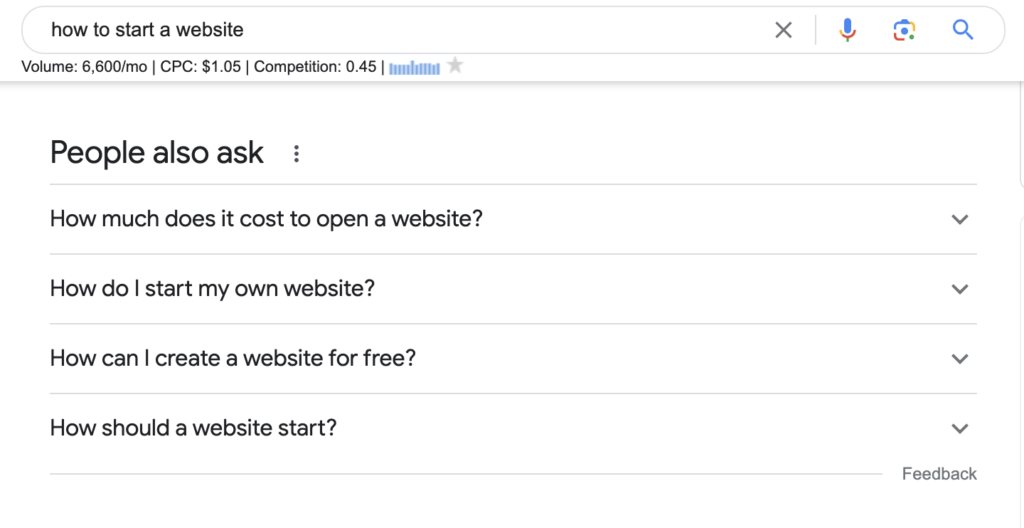
Examples of Validation Techniques includes:
- Share Ideas with your Sales Teams
- Leverage PAA (People Also Ask) on Google
2. Conduct Market Research and Competitive Analysis
Staying on top of market trends and rival strategies is essential.
Examine the painstakingly crafted content strategy of your competitors, analyzing the variety of topics they neatly address.
The most effective way to perform competitive analysis is to explore Google SERP and perform a SERP analysis.
To validate your content ideas, research your theme to discover what kinds of content do well.
Examine snippets, meta descriptions, and titles from your competing article.
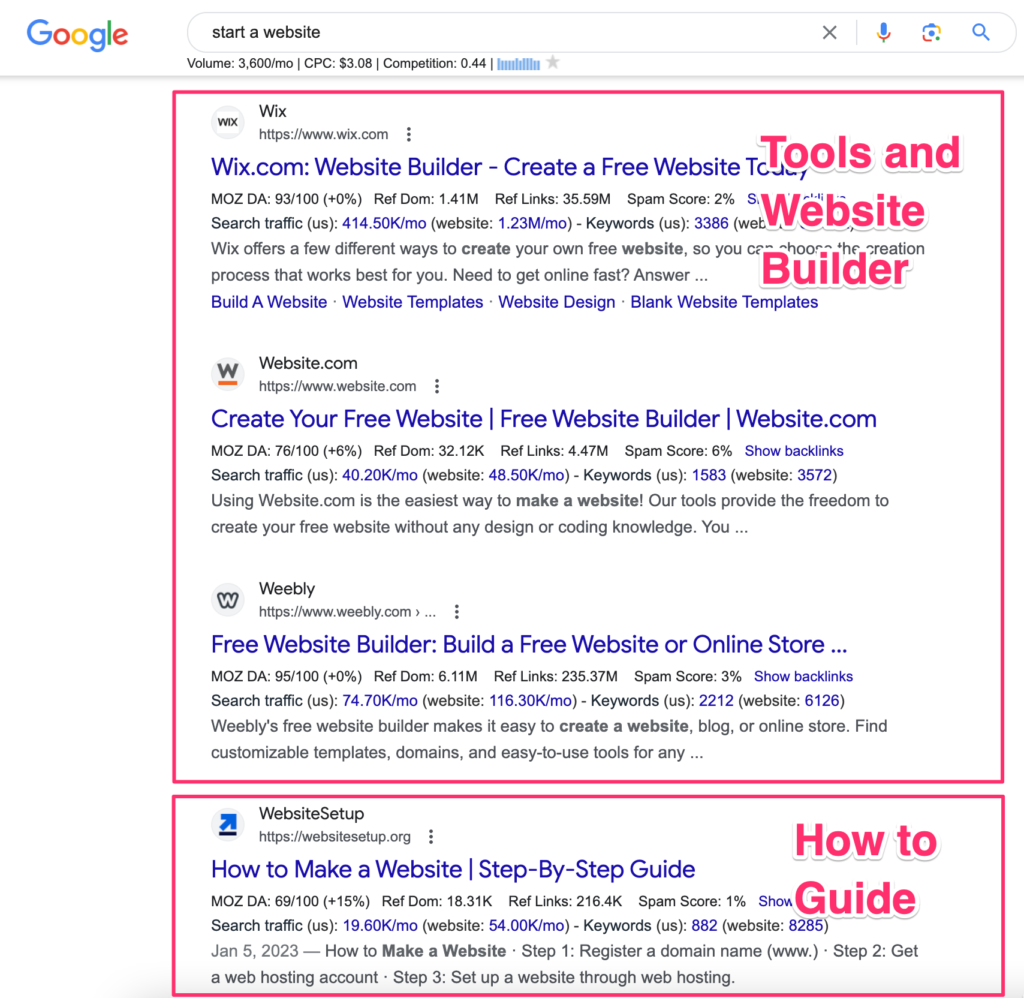
Study the structure of ranking pages to identify the factors that support their rise.
Beyond validating content ideas, doing such exercises helps you validate the right blog template to use for your content.
If you notice that a listicle is the best format for a specific search, you should also consider this one. Improve your content strategy with new ideas and content formats.
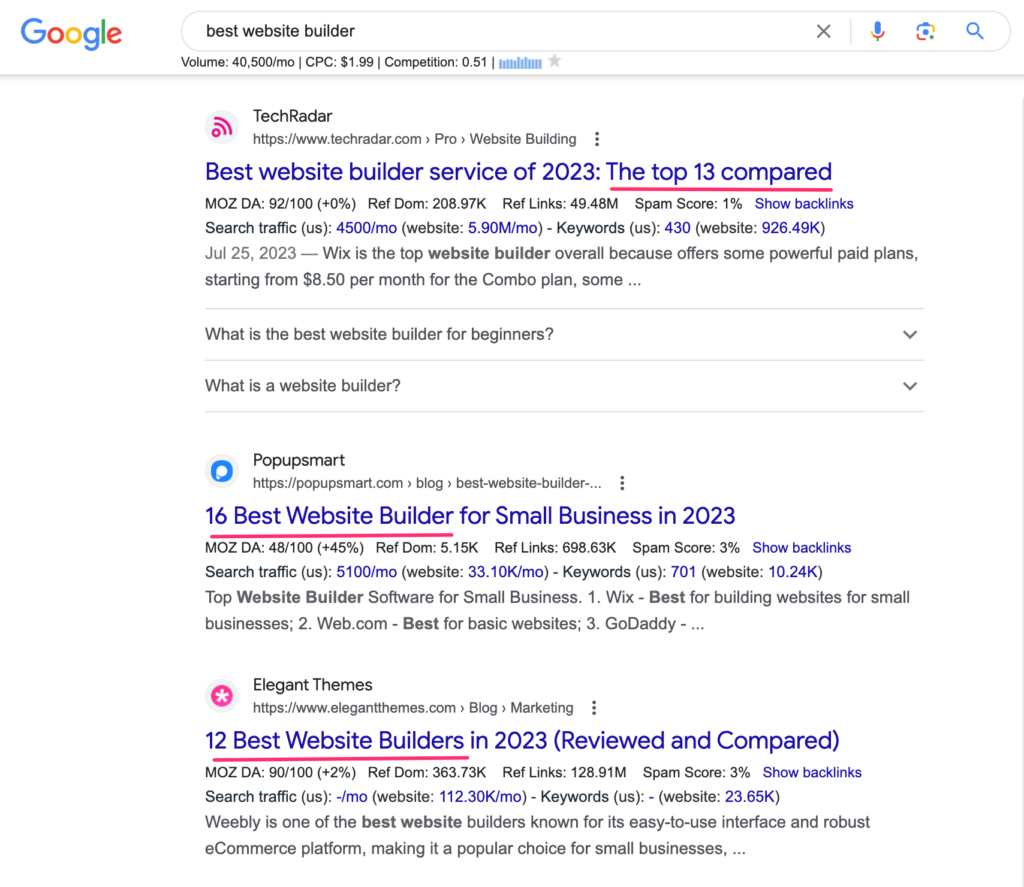
By performing a competitive analysis, you will validate your ideas. If other articles share your ideas, it means you’re on the right track.
However, you may also discover content gaps or holes in your competitor’s content strategy.
With thruuu SERP Analysis tool, you can easily explore the SERP and understand the most frequent topics and headings used by your competitors.
See below the heading analysis that helps you figure out the most frequent topics and the topics you will develop further. Use this to your advantage.
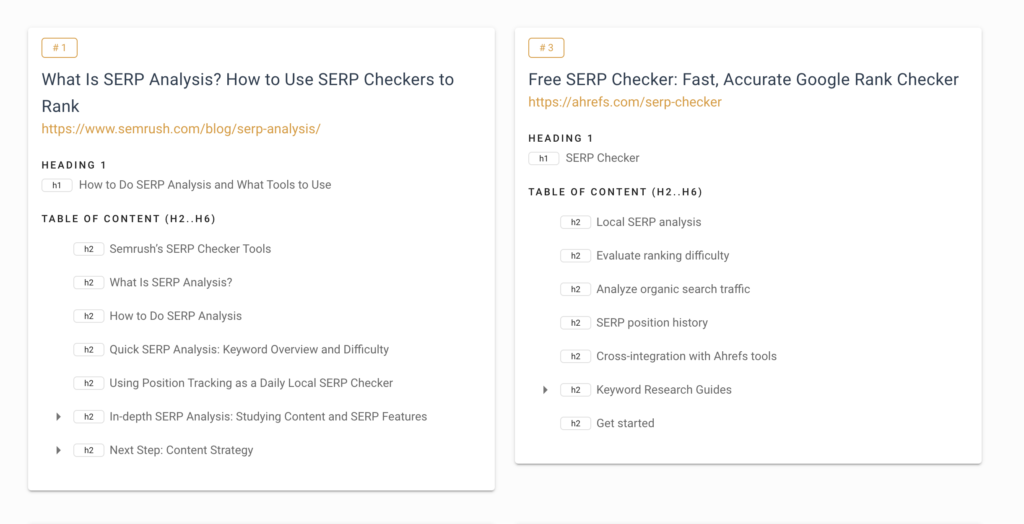
Think of a strategy that doesn’t just copy but stands out, providing a new viewpoint that intrigues your readers.
Examples of Validation Techniques include:
- SERP and competitor analysis
- Extracting on-page information from top-ranking articles
3. Utilize Audience Feedback
Your audience’s viewpoints provide a wealth of insights and act as a compass for content validation.
Participate in lively online discussions by dabbling in chats and social media exchanges.
One first tactic will be to post prospective ideas on social media and track user engagement. If you see some interest, it confirms that your content will be searched.
Furthermore, by analyzing conversations and comments, you can determine what angle to take and what topics to cover in your content.
See how we used this approach for the thruuu blog below.
We posted a content idea to see how people would react. We decided to write an article after gathering enough engagement and comments.
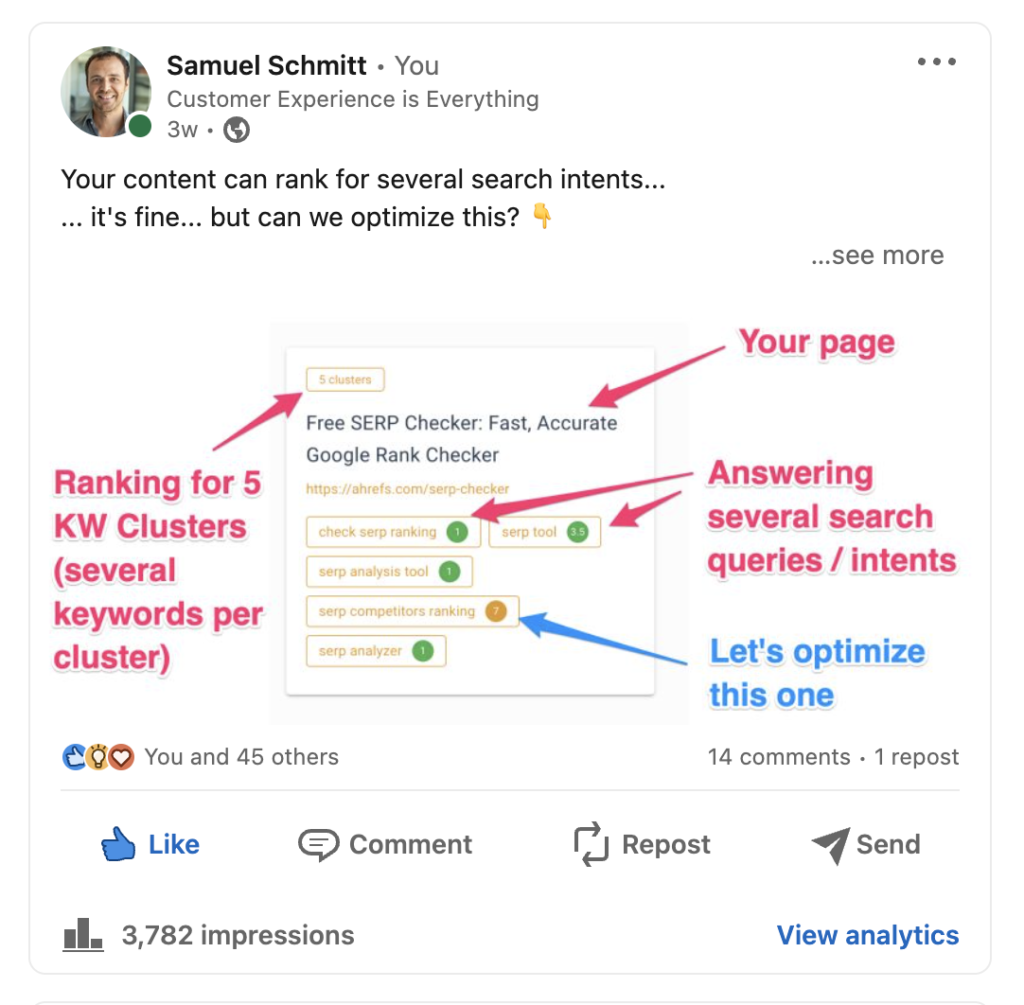
(BTW, here the result and article about search intent optimization)
You may already have active customers, even if you do not use social media.
Create surveys and interview them. Ask incisive questions, find out about the person’s problems, and learn about their goals.
You will validate your content ideas and get new ideas through these surveys.
Even a simple email conversation could validate some ideas.
One of our customers was struggling with the keyword clustering feature. Thanks to a long email exchange, we were able to help him figure out the best content strategy for his blog.
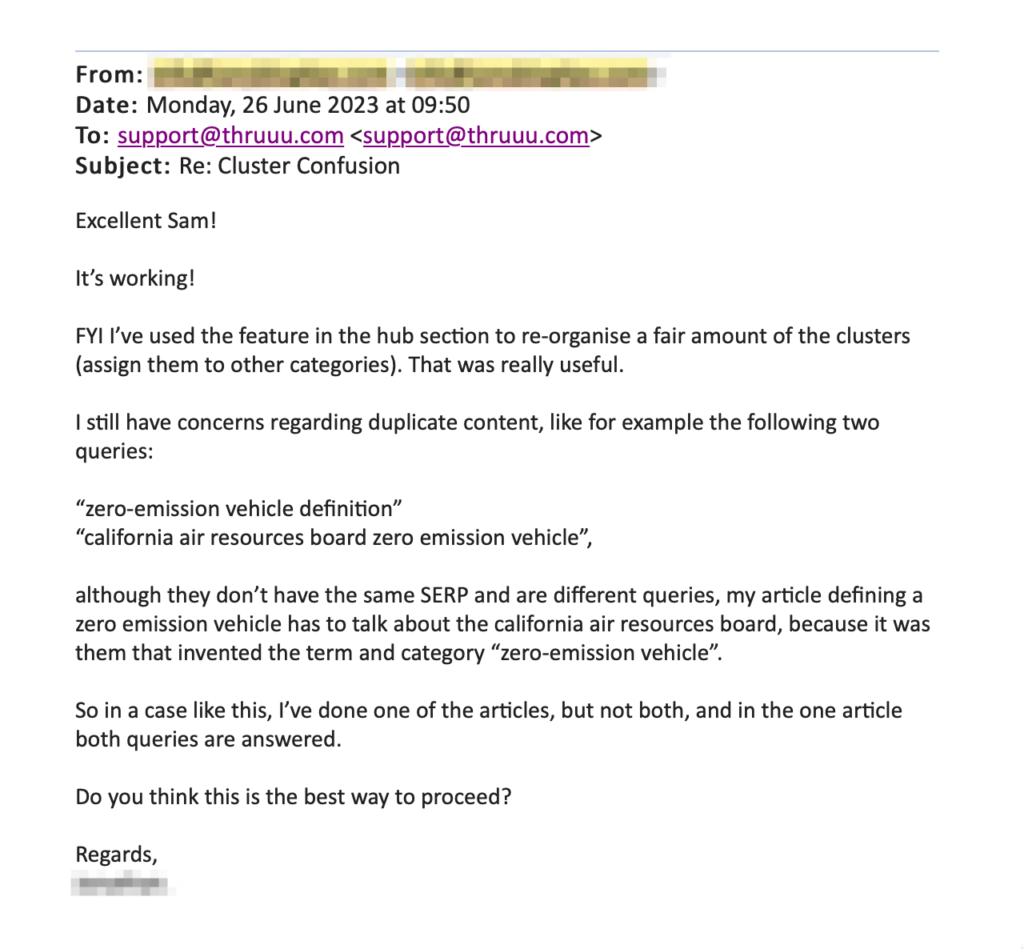
We used the content of this email to create an article (and you can read more about Content Creation for Similar Keywords.)
If this person had some pain point, it is likely that another one would face a similar issue.
The best way to validate content is to leverage real-life scenarios.
Examples of Validation Techniques include:
- Posting prospective subjects on social media
- Surveys and interviews of your customers
4. Leverage Data to Validate Your Ideas
A straightforward tactic to validate content ideas while leveraging data is to use keyword research tools.
With such tools, you can figure out the search volume and then understand if there is a demand for your topic. Tools such as SEMRush or Ahref are the most popular.
Another great tool to recommend is Keyword Everywhere.
It is a Chrome extension, and when you do a Google Search, you will get an indication of the search volume. It is perfect for validating whether or not your idea has been searched.

But don’t get it wrong. You don’t have to target only high-volume keywords, first because they are very competitive, and second, because you might come up with a better idea with lower or even zero-volume keywords.
But how can you validate content ideas if no search volume is reported by a keyword tool?
Open your Google Search Console.
Data and keywords from the Google Seach Console (GSC) show the type of queries people entered into Google and found your website.
You can understand the type of search and questions that lead to your content.
The best strategy to cut the noise from the GSC data is to cluster keywords. This approach will group keywords with the same search intent and highlight content ideas.
Topic clusters leverage the interaction of your ideas, generating a network of connected material that gives readers a great experience.
By addressing numerous aspects of a subject, you can cater to different user intentions, grabbing their attention and increasing engagement.
Below you can see an extract of the clustering of Google Search Console keywords related to the thruuu website. It helps us to validate many content ideas.
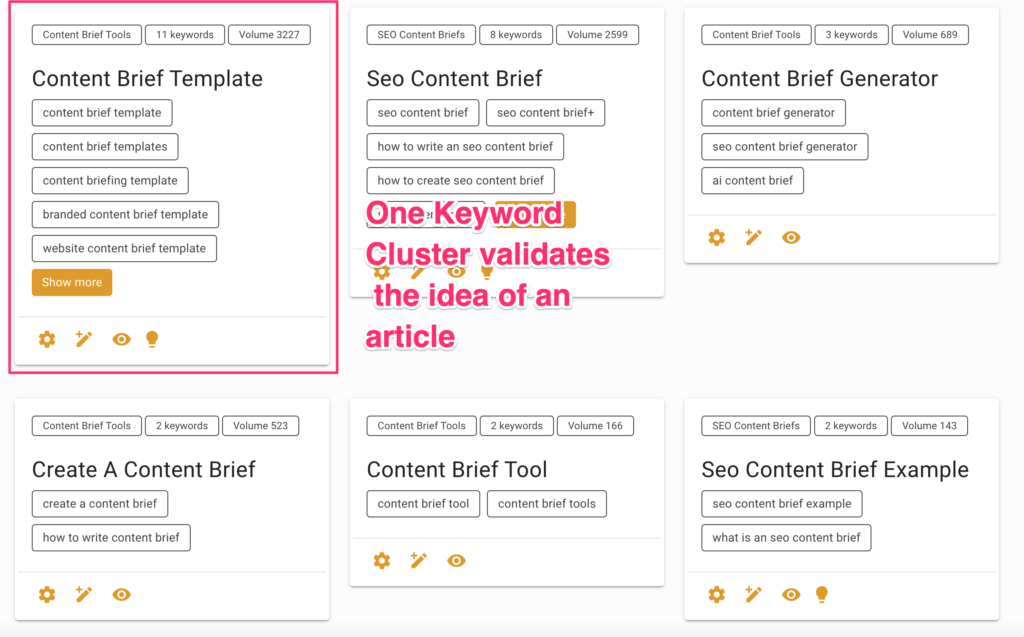
To learn more about how to leverage data from GSC and create a content plan, you should read our guide about Topic Clusters.
Examples of Validation Techniques include:
- Validating trend and volume with Keyword Research Tools
- Clustering Google Search Console keywords
5. Validate Content Ideas with Minimum Viable Products (MVPs)
The idea of Minimum Viable Products (MVPs) in the context of content strategy summarizes what we said previously.
Basically, the idea is to experiment with short excerpts or sneak peeks before producing the final marketing material.
Here are some examples of how the concept of MVP can be brought to content marketing:
- You can test a content idea by posting it on social media (as explained previously) and see how people react to your content. The content can be a short video where you pitch your idea or a Linkedin carousel with few slides.
- You can write a short article before developing the ultimate guide. Writing 5,000 words takes time and resources, and the result is not guaranteed. You could start with a short-form content, publish it, gather data from your Search Console and write the “final” version if you see some traction.
This approach can also apply to Content hub and topic clusters.
Writing a hub of content with 30 to 50 articles is often scary. But again, you can start small with five articles about the main topics. Later, identify how they perform and gather data from GSC to create new content.
We recommend reading this guide explaining how to create a topic cluster by breaking down an article into several articles.
It is exactly the idea of content MVP and helps you validate your ideas before jumping head first in a long series of content.
Essential Tools for Content Validation
thruuu
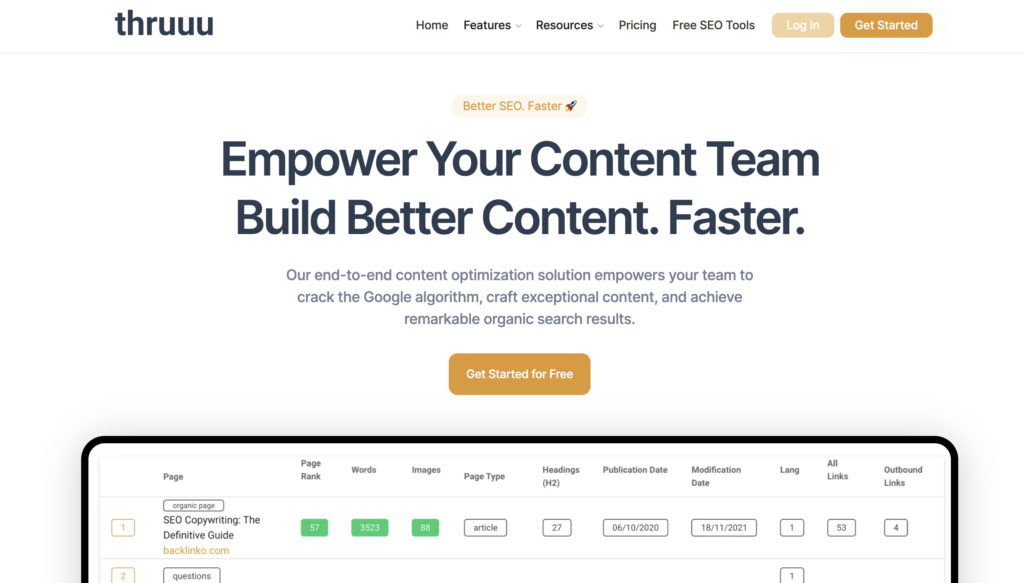
thruuu is the clear leader when it comes to helping you validate your content.
It does this by expertly navigating the challenging fields of competition analysis and keyword clustering.
With the help of thruuu’s insights, you can make content that resonates with readers and pushes them to interact, giving you new clarity and purpose as you go through the process of making content
Ahrefs and SEMRush

Ahrefs and SEMRush are useful tools in the field of content validation as they dig seamlessly into keyword analysis, search volume exploration, and competition evaluation.
Using these tools, you can validate your ideas and check whether they contain a high search volume.
BuzzSumo

BuzzSumo displays what stimulates the interest of your target audience as a whole.
It serves as a gateway to many interesting themes and trends. It is also a source of inspiration for content development.
You can use BuzzSumo to create content that strengthens your viewers’ bonds by identifying the most resonating and influential themes.
Google Search Console

With Google search console, you can see how people find your content and the terms they use.
By using the collected data, you can easily validate your idea.
If you have a content idea and discover that a reasonable number of people are searching for it in GSC, you’ve validated your content.
Conclusion
Effective validation acts as a compass pointing the way to content that connects and converts.
When you start creating content, keep in mind that every idea, sentence, and interaction is important.
Every piece of content you create can help you build relationships, gain people’s trust, and grow a group of people who respect your opinion.
By utilizing the content validation strategies we discussed, you create content that fills digital spaces, improves people’s lives, and leaves a lasting impression on the digital world.
